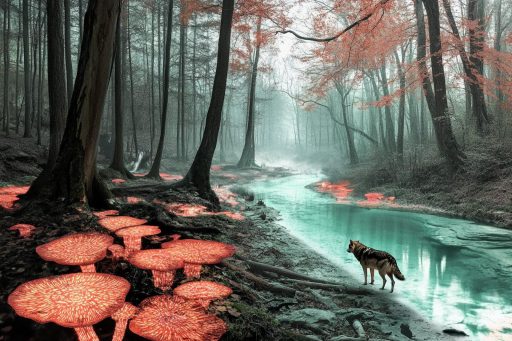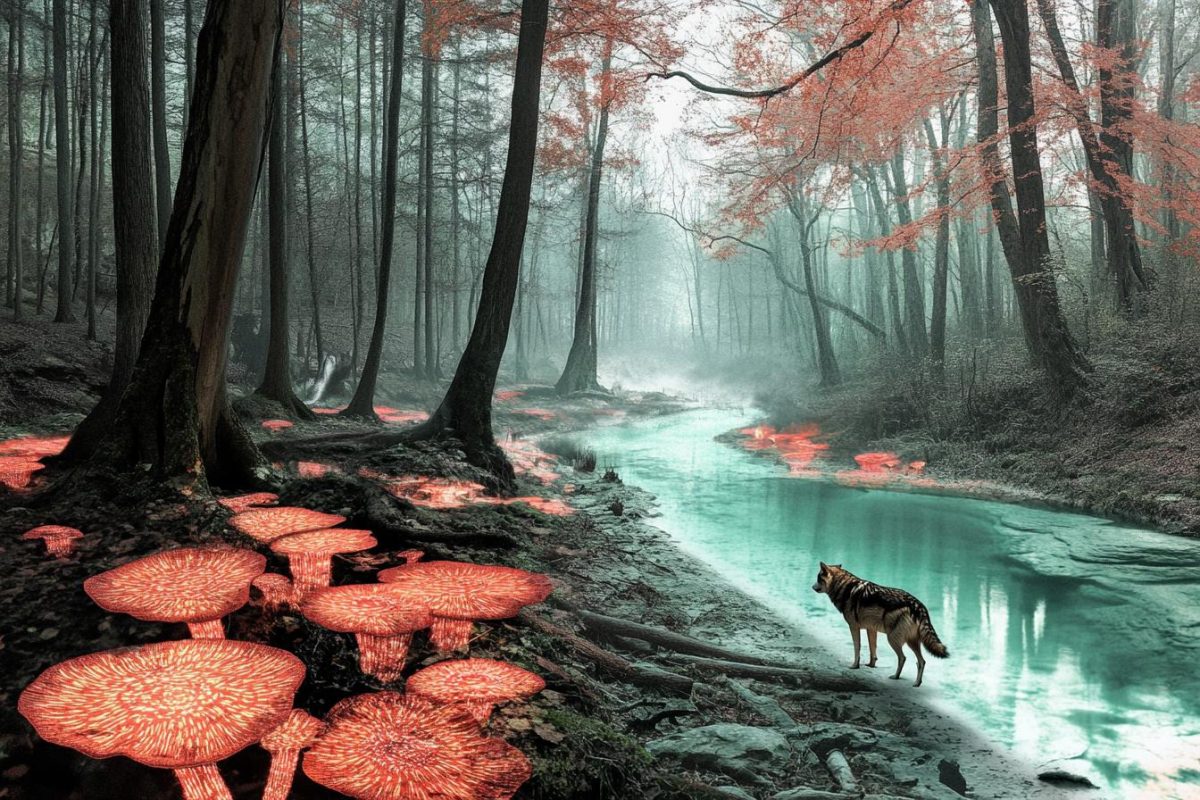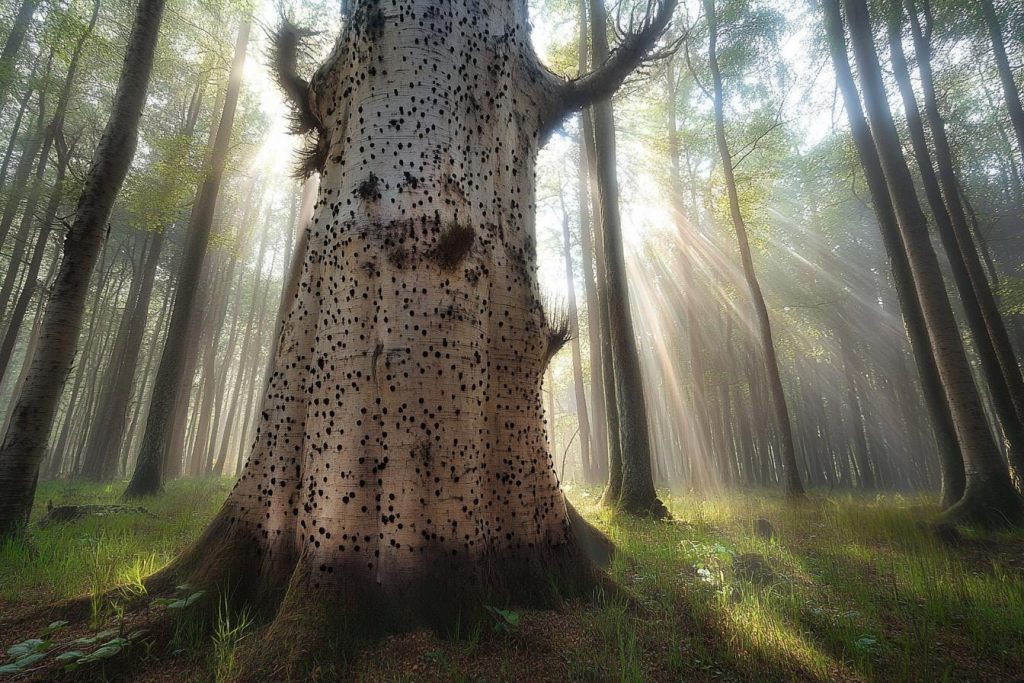
Nature has always been a source of wonder, but even the most seasoned scientists are occasionally stunned by what they uncover. From the deepest oceans to the highest canopies, recent discoveries have flipped long-held assumptions upside down. These revelations remind us that the natural world is far more complex—and far more mysterious—than we ever imagined. The truth is, we’ve barely scratched the surface of what nature is capable of.
Plants That Hear Their Surroundings
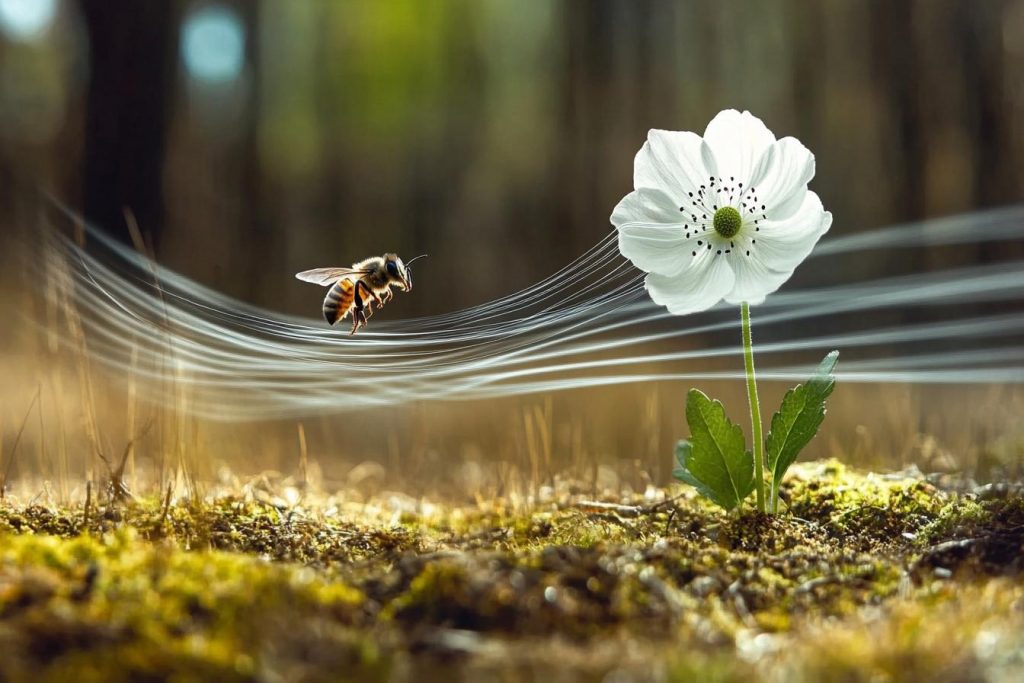
Recent studies have shown that some plants can actually detect and respond to sound. In controlled experiments, certain flowers produced more nectar when exposed to the sound of a bee’s wings. This challenges the assumption that plants are passive organisms, revealing instead a hidden layer of sensory perception. Could the “ears” of the natural world be more literal than we ever believed?
Fungi That Create Massive Underground Networks
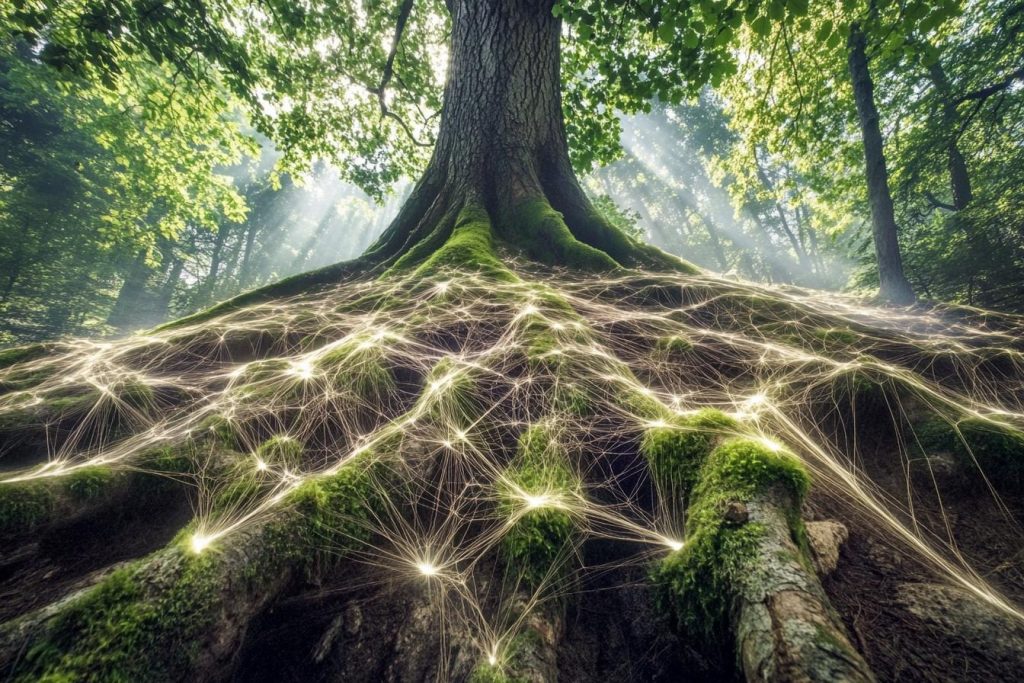
What looks like a simple mushroom above ground is just the tip of a vast, interconnected network of mycelium stretching for miles. These underground fungal webs can transmit nutrients and even information between trees, functioning like a “wood wide web.” This revelation has redefined how ecosystems are understood, showing that cooperation—not competition—may dominate beneath the soil. Forests, it seems, might actually have their own form of communication.
Octopuses Rewrite the Rules of Intelligence

Once dismissed as oddities, octopuses are now recognized as one of the most intelligent creatures on the planet. With the ability to solve puzzles, open jars, and even use tools, their intelligence challenges traditional evolutionary models. Even more surprising, their neural networks are distributed through their arms, not just centralized in the brain. It’s a form of intelligence unlike anything seen before in the animal kingdom.
Trees That Bleed Metal

In certain tropical regions, scientists have discovered trees that absorb and excrete nickel through their sap. Known as hyperaccumulators, these trees can literally bleed metal, turning what was once considered soil pollution into a survival strategy. This revelation has opened up possibilities for eco-friendly mining techniques and a whole new way of thinking about plant resilience. Nature, it turns out, has been conducting complex chemistry for centuries.
Animals That Glow Without Light

Bioluminescence is nothing new, but recent findings show that some creatures exhibit biofluorescence without producing light of their own. Using ultraviolet light, scientists have discovered glowing turtles, frogs, and even mammals. These hidden signals may play roles in communication, camouflage, or mating. It’s a reminder that nature often hides its most vibrant secrets in wavelengths we can’t even see.
Rocks That Move on Their Own
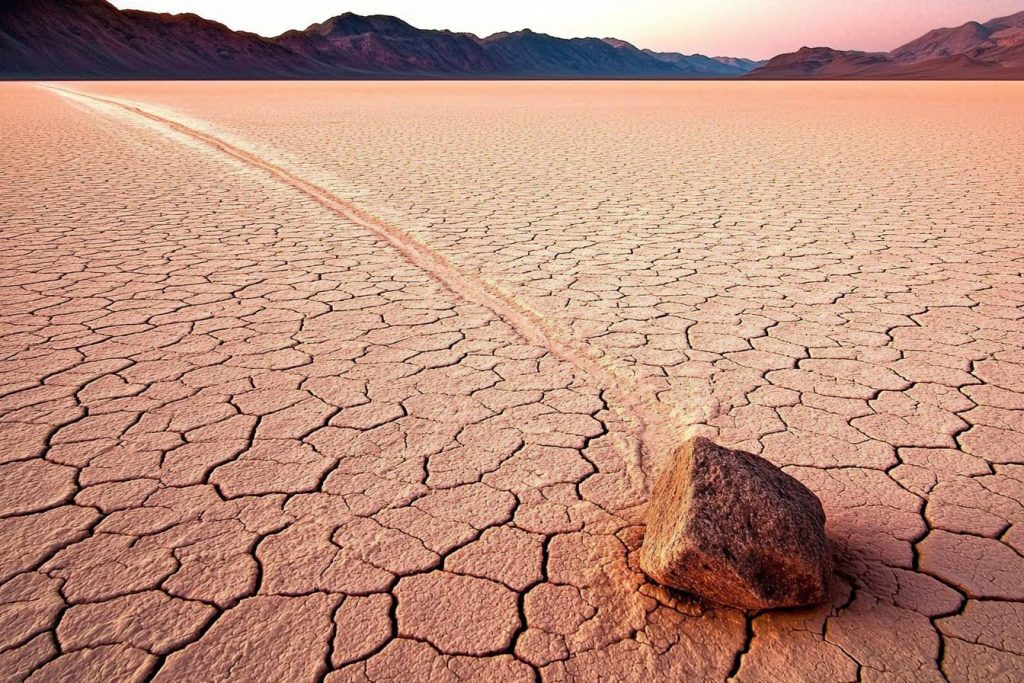
In California’s Death Valley, stones appear to glide mysteriously across the desert floor, leaving long trails behind them. Scientists now believe a perfect combination of ice, wind, and ground conditions causes the rocks to slowly skid across the landscape. Though the phenomenon is now better understood, its eerie appearance still defies the casual observer. Nature, even at its slowest, can be strangely kinetic.
Birds That Use Fire as a Tool

Some species of birds in Australia have been observed picking up burning sticks and dropping them in new areas to flush out prey. This behavior, called “fire-foraging,” forces insects and small animals to flee the flames, making them easy pickings. It’s one of the few documented cases of animals deliberately using fire, a tool long thought to be exclusive to humans. These birds have added a fiery twist to our understanding of instinctual intelligence.
Rain That Falls from Clear Skies

In parts of the world, there have been verified cases of rain falling under blue skies—without a cloud in sight. Known as “phantom rain,” this phenomenon can result from microbursts or high-altitude winds carrying water droplets long distances. It’s a reminder that what we feel on the ground often has complex origins far above us. The sky holds more tricks than we give it credit for.
Wolves That Fish Like Bears
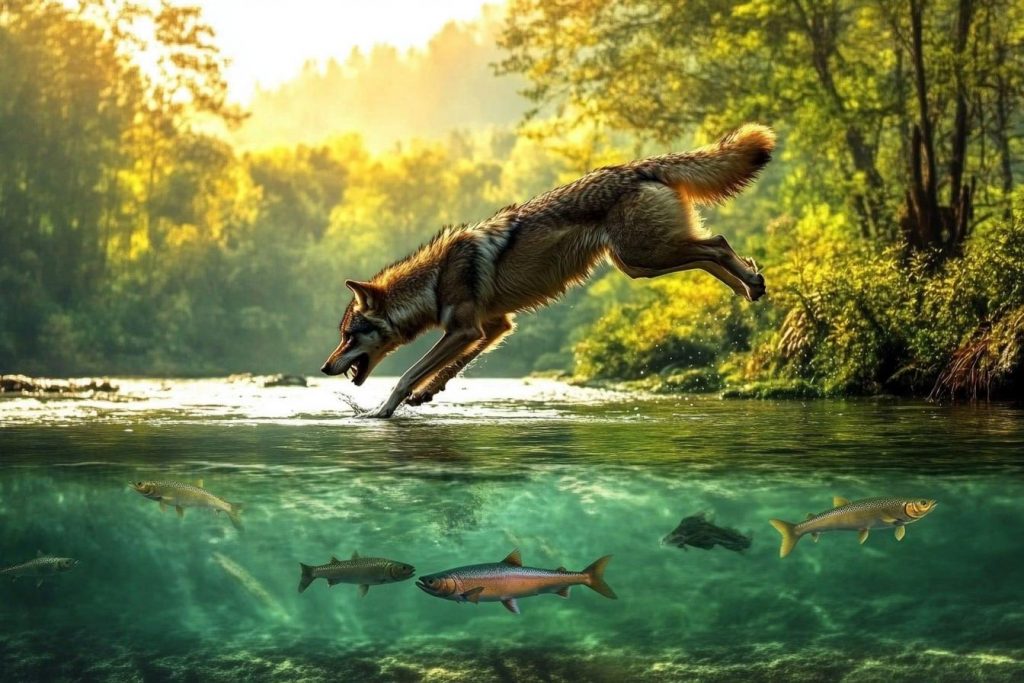
Wolves in coastal regions of Canada have been spotted catching fish during salmon runs, a behavior typically associated with bears. These so-called “sea wolves” have adapted to a marine diet, showing unexpected flexibility in both hunting strategy and ecology. Their behavior blurs the lines between land and sea predators. The more we watch them, the more adaptable and intelligent they seem.
Lakes That Vanish Overnight

Glacial lakes in places like Greenland and Antarctica have been known to disappear in a single day, draining into deep fissures below the ice. These dramatic losses are caused by a process called hydrofracturing, where water pressure splits the ice sheet. It’s not only a natural marvel, but also a warning sign of climate shifts happening beneath the surface. Sometimes, entire landscapes change while no one is watching.
Insects That Can Survive in Space
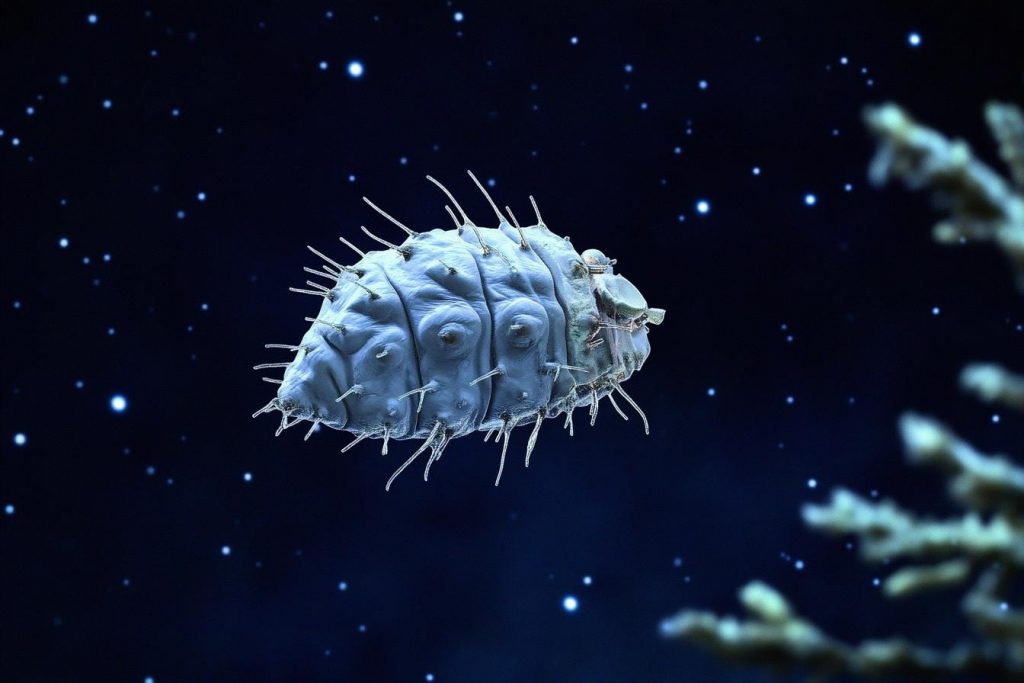
Tardigrades, also known as water bears, have proven capable of surviving the vacuum of space. These microscopic creatures can endure radiation, extreme temperatures, and even complete dehydration. They challenge our very definitions of what constitutes life and where it can exist. If life can survive space, could it also thrive elsewhere in the universe?
Rivers That Boil Without Fire

Deep in the Peruvian Amazon flows a river so hot it can boil animals alive. Long thought to be myth, this river’s heat comes not from volcanic activity but from geothermal vents deep below the surface. Its discovery forced scientists to reevaluate what they knew about Earth’s geothermal systems. It’s a living reminder that even myths can boil over into reality.
Clouds That Appear to Pulse with Light
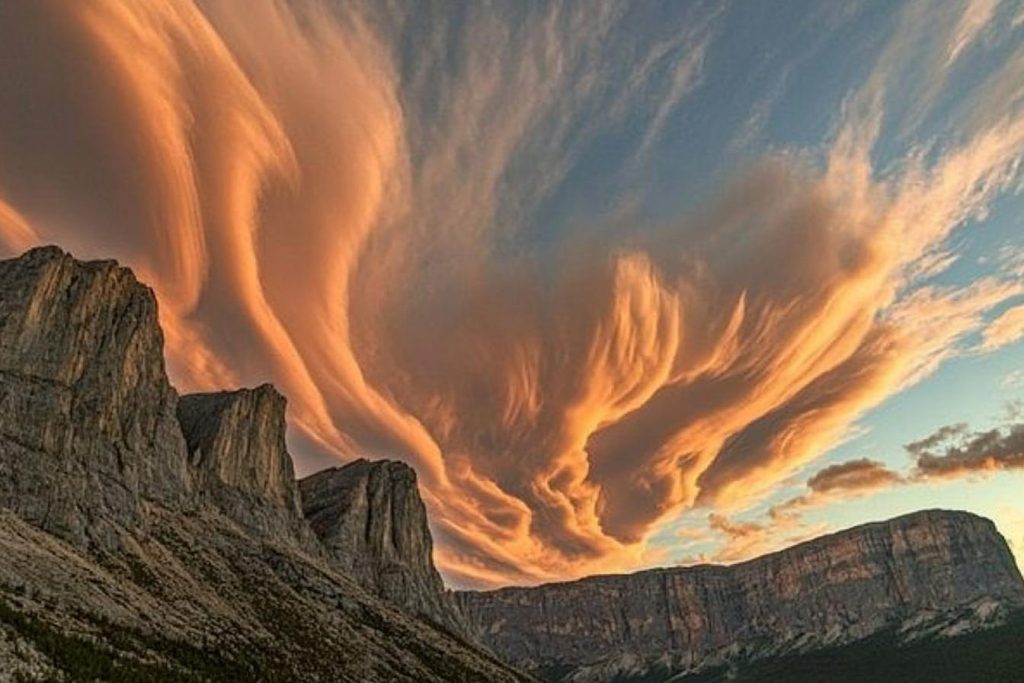
Noctilucent clouds—wispy formations at the edge of space—can sometimes emit strange, rhythmic flashes. Once considered optical illusions, they’ve now been captured on camera, pulsing like slow-motion lightning. Scientists aren’t sure what causes the effect, though it may involve solar winds interacting with Earth’s upper atmosphere. It’s like the sky itself is breathing light.
Coral That Glows to Stay Alive

As oceans warm, some coral reefs have responded by glowing with intense colors, a process scientists call “color bleaching.” Rather than a sign of death, this may be a survival tactic—a chemical sunscreen to protect against heat. It challenges the idea that coral bleaching is purely catastrophic. Nature may be more resourceful in the face of collapse than we previously believed.
Ice That Burns

In some frozen environments, scientists have found methane hydrates—chunks of ice that ignite when lit. These formations trap natural gas inside icy cages, creating an explosive paradox: freezing fire. They hold vast stores of energy, but also represent a ticking environmental clock. One wrong shift could release massive amounts of greenhouse gas into the atmosphere.
Beneath the Surface, Everything Changes
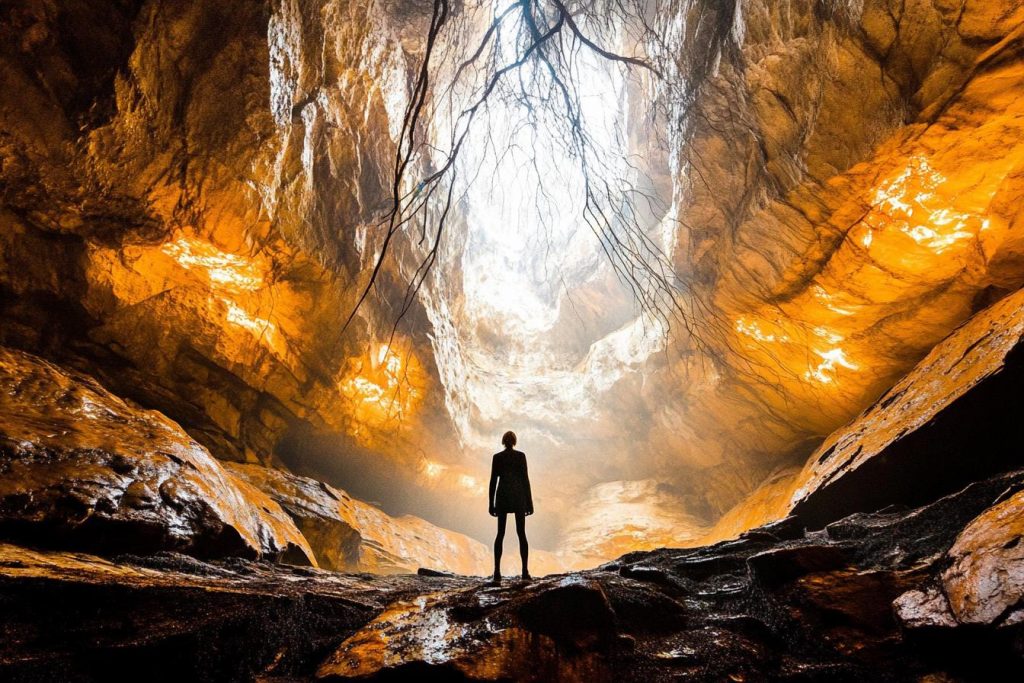
These revelations show that nature is not only stranger than we imagined—it’s stranger than we can imagine. Each discovery tears down old assumptions and replaces them with awe, reminding us that the Earth still holds surprises in every hidden corner. Whether it’s glowing, boiling, vanishing, or simply listening, the natural world refuses to be predictable. The question is: what other secrets are hiding just out of sight?

